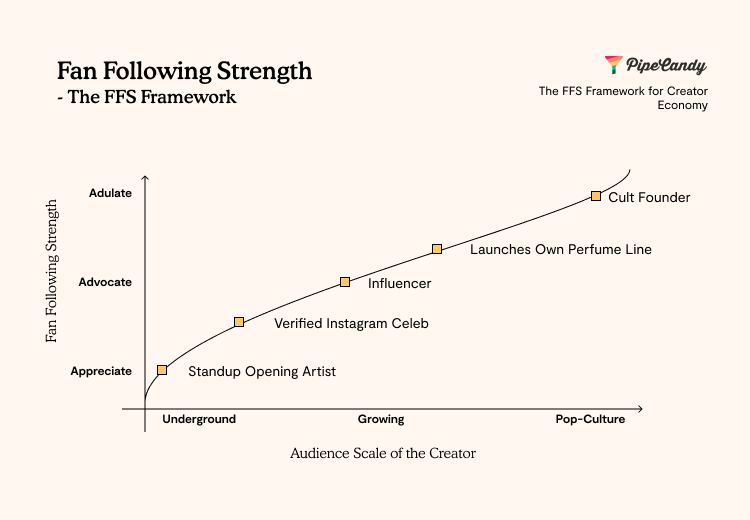How to successfully dance the creator-brand tango
- Mind the gap: E-commerce marketers should revise their TAM and SAM estimates
- How D2C brands are holding up during the pandemic
I have been thinking about creators.
I am one: I put out an e-book on Gumroad about cold emailing. That is actually the low point of creativity in my whole life, considering I think I have it in me to be a scriptwriter, a stand-up artist or at least a mediocre YouTuber. I created a piece of art about spamming. What a fall!
There are successful creators, unlike me. But what makes them succeed, and how should brands work with them? Let's get the definitions in place first.
Creators create and hence have an influence over their fans. Influencers exist. That's the working definition we'll go with.
Where brands go astray is when they expect creators to obtain products for their brands in the way that influencers do.
Brands work with influencers all the time. It doesn't take a special skill to have a rotund posterior on which a wine glass can be balanced. Most of us don't try such things. Yet some do, post it on Instagram and build multibillion-dollar fashion brands.
It's art if an influencer does it. You and I have no business here, but brands embrace such influencers. Influencers monetize eyeballs directly (through brand partnerships) or through platform ad revenue.
Creators are morally superior - they earnestly create good, mediocre or bad content/art/internet moments through their good, bad or mediocre skills. That builds a niche fan following.
They monetize through ads, brand partnerships or subscriptions
Where brands go astray is when they expect creators to obtain products for their brands in the way that influencers do. Influencers influence. Creators endear themselves to their audience. Creators evolve and their audience base evolves along with them.
I have a framework for how brands can think about creator relationships and how to set goals for such relationships.
Let's call it FFS (Fan Follower Strength  ) Framework.
) Framework.
Fans of a creator manifest their liking for the creator in one of these ways:
- Appreciate
- Advocate
- Adulate
Depending on the scale of the audience base and their fan following strength, creators' alternative revenue streams could be anywhere between that of a guy who does the opening act at an obscure club's stand-up night to that of a cult founder.

Image Credits: Ashwin Ramasamy
How much influence a creator has depends on the distribution of fans they have in these stages.
The more adulation they get, the more they are ready to carry a brand or monetize on their own. While the number of fans decides the scale of an outcome (exposure, sales, etc.), at any scale a creator can monetize if they have more fans in the advocate or adulate stages.
A brand has to choose its creators both on the scale and the goals they have for the relationship.
A creator with millions of merely appreciative followers could be good for brand exposure but not immediate sales, whereas a niche creator who receives great adulation from their audience could not just move products but move their audience to visit your store to buy a product they promote.
Such creators - if they are able to maintain a high proportion of advocates and adulatory followers as they hit scale - could launch their own brands.
The relationship becomes troublesome when brands simply look at influencer marketing metrics (engagement, clicks, etc.) and ignore the FFS metrics (intensity of fan following as measured from comments, organic shares and engagement for those shares; the shelf life of the content measured by the longevity of comment interaction; fanfic creations around the creator's content or about the creator, etc.)
Without the understanding of FFS metrics, brands end up partnering with creators at a life stage that could be incompatible with brand goals. A creator with a huge following does not automatically translate to sales if their fan following strength is skewed more toward appreciation than advocacy or adulation.